Manufacture of Biofertilizer and Organic Farming
The book "Manufacture of Biofertilizer and Organic Farming" offers an extensive overview of the biofertilizer industry, touching on all aspects from production techniques to the application within organic farming practices. The table of contents reveals a comprehensive structure, guiding the reader through a thorough exploration of biofertilizer types, production methods, manufacturing processes, and applications in organic farming. This book appears to serve as an invaluable resource for those interested in sustainable agriculture, providing insights into the benefits and challenges associated with biofertilizers and organic farming methods. Starting with an introduction to biofertilizers, the book classifies them based on their types and sources of nitrogen fixation, further detailing the components and characteristics of common biofertilizers. It also outlines the application methods, limitations, and production processes for bio powder and granulate fertilizers. This foundation sets the stage for a deeper dive into the biofertilizer manufacturing business, providing a step-by-step guide on starting and running such a venture, including business planning, technology sourcing, manufacturing processes, and marketing strategies. The classification section further delves into biofertilizers based on the microorganisms used and their functions, offering a detailed look at the types of biofertilizer and their uses in agriculture. The production sections discuss various methods, including the use of fermenters, tea waste, and even bird excreta, showcasing the diversity in raw materials that can be utilized in biofertilizer production. It also covers the manufacturing of phosphate-rich organic manure (PROM), highlighting its importance and benefits. The later chapters focus on organic farming, outlining its advantages, types, and nutrient management techniques. It emphasizes weed, pest, and disease management within organic farming systems, presenting methods and practices to enhance sustainability. Additionally, it discusses the regulatory framework, certification processes, and government schemes promoting organic farming, particularly in the Indian context. The book concludes with an exploration of future challenges and opportunities in the biofertilizer industry and organic farming, suggesting areas for further research and development. "Manufacture of Biofertilizer and Organic Farming" is designed to be a detailed resource for entrepreneurs, startups, farmers, researchers, and students interested in sustainable agriculture. It provides a comprehensive understanding of the biofertilizer production process and its critical role in supporting organic farming practices. Through its detailed explanations and practical guidelines, this book aims to promote the adoption of sustainable agricultural practices that benefit the environment, enhance soil health, and contribute to food security.
Get it now and save 10%
BECOME A MEMBER

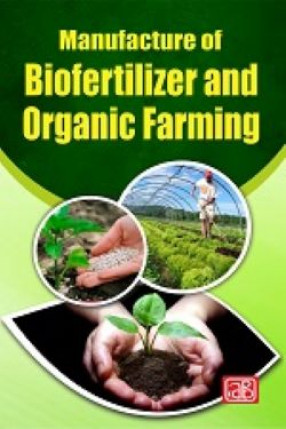
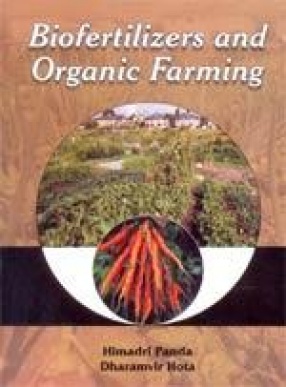
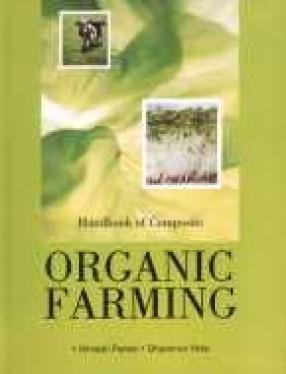


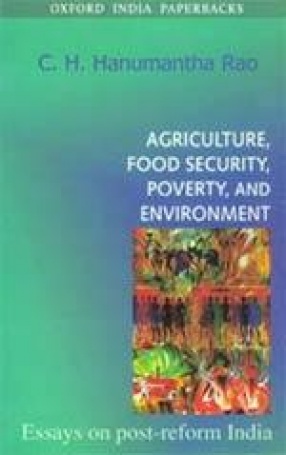
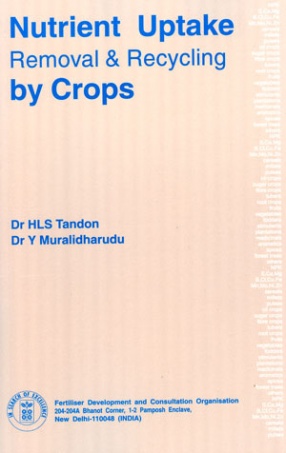

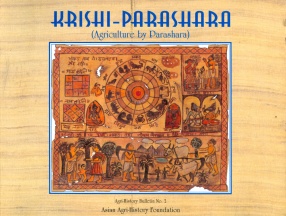

Bibliographic information